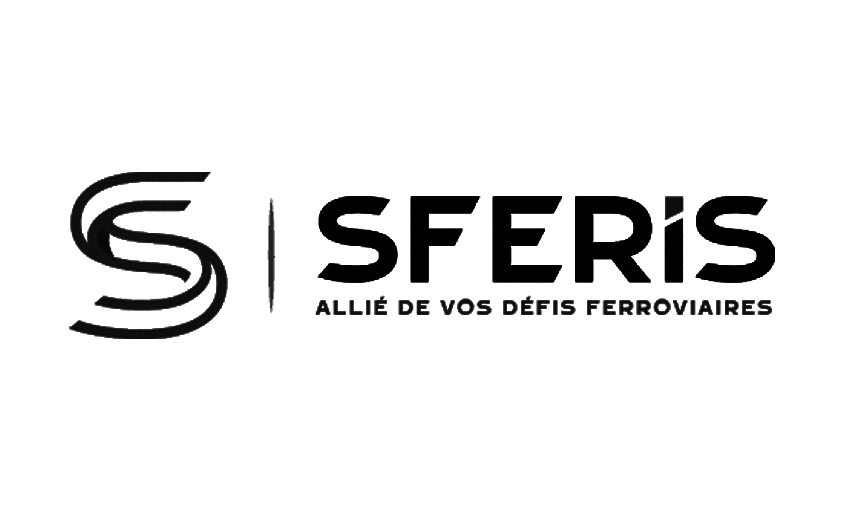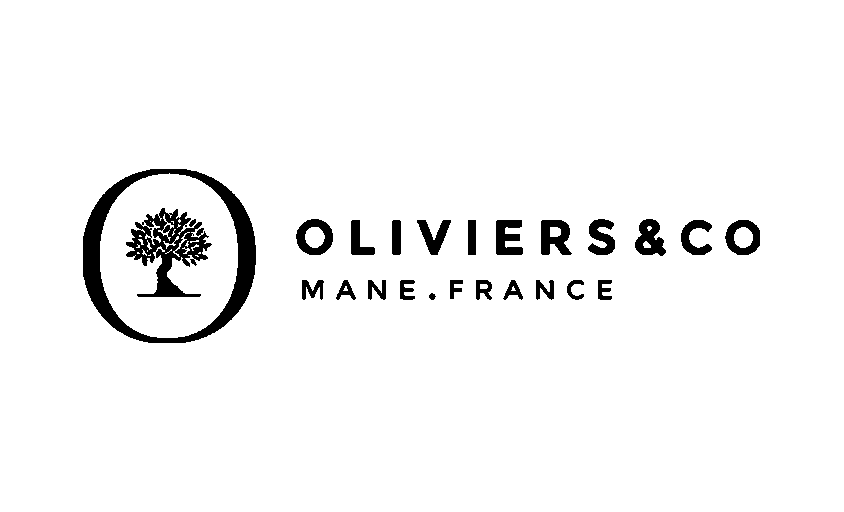Photo Filters
In this article :
Photo filters are more than just an accessory. They allow you to adjust exposure, enhance color rendering, and add artistic effects directly during the shot. Unlike digital editing, physical filters affect light before it reaches the sensor, providing a more natural look and achieving results impossible to recreate in post-production. But which filters are essential, and how do you use them effectively?
1. Technical Filters:
Some filters are designed to compensate for challenging shooting conditions and avoid tedious corrections in post-processing.
a) Polarizing Filter:
- Reduces reflections on water, glass, and shiny surfaces.
- Enhances colors, especially the blue of the sky and the green of vegetation.
- Boosts contrast by eliminating stray light.
b) ND Filter (Neutral Density):
- Decreases the amount of light entering the lens, ideal for long exposure.
- Creates motion blur effects on water, clouds, or urban traffic.
- Allows a wide aperture in daylight for background blur in videos or portraits.
c) UV Filter:
- Initially used to block ultraviolet rays, now mainly serves as protection against dust and scratches.
2. Creative Filters: Playing with Light and Atmosphere
Other filters bring an artistic touch to images directly at the moment of capture.
a) Colored Filters:
- Widely used in film photography and black & white photography.
- Add color tints to warm up or cool down the image.
b) Graduated Neutral Density Filter (GND):
- Useful in landscape photography to balance exposure between a bright sky and a darker foreground.
c) Starburst Filter:
- Creates radiant effects around light sources.
- Perfect for night shots and artificial lights.
d) Soft Focus or Diffusion Filter:
- Softens edges, creating a “dreamy” effect on portraits and bright scenes.
3. How to Choose and Use a Photo Filter Effectively?
Before purchasing a filter, it is essential to check:
✔ Lens Diameter: A filter that is too small will be unusable, while a larger one will require an adapter ring.
✔ Glass Quality: Opt for multi-coated filters to avoid unwanted reflections and loss of sharpness.
✔ Mounting Type: Some filters screw directly onto the lens, while others use a filter holder for greater flexibility.
4. Physical Filters vs. Digital Filters: Which to Choose?
With the rise of editing software, some photographers wonder: is there still a need for physical filters?
✅ Advantages of Physical Filters:
- More natural results, especially for reflections and long exposures.
- Less work in post-production.
- Direct control over the image during shooting.
❌ Limitations of Digital Filters:
- Cannot accurately recreate certain effects, like removing reflections with a polarizing filter.
- Longer editing time.
In reality, both approaches are complementary. A good filter reduces heavy editing, while software allows for fine-tuning adjustments.
Conclusion
Photo filters are powerful tools that directly influence light and exposure, providing effects that are impossible to replicate in post-processing. Whether you’re seeking better light management or a unique artistic result, using the right filter helps optimize your workflow and achieve more polished images straight from the shot. And you, which filters do you use most often to give your photos character?
Jérémy Carlo is the editorial director at Rétines, where he ensures the consistency and clarity of all content produced by the studio.
Our Clients
Let’s discuss
What we do for you at Rétines
Meticulous work, an organised project and fast delivery. And to achieve this, we mobilise the right resources in our teams at the right time.
01
Pre-production
Artistic and technical direction tailored to the project.
Relevant recommendations on content, form and resources.
02
Photo Shooting
Photos taken by our experienced photographers.
Production that’s controlled, efficient and tailored to the needs of the project, with nothing superfluous.
03
Retouching
Technique
Photographs magnified by our retouching team.
Post-production to meet the commercial challenges of the brief.












